
The arrival of invasive species can stop the dominant natural process of new species formation and trigger mass extinction events, say researchers examining fossil records from the Late Devonian epoch. Worryingly, the study of the collapse of marine life 378 – 375 million years ago suggests that the planet’s current ecosystems, which are struggling with biodiversity loss, could meet a similar fate.
Reporting on their work in the journal PLoS ONE, the researchers note that the environmental crash during the Late Devonian was unlike any other mass extinction event in the planet’s history. The actual number of extinctions wasn’t higher than the natural rate of species loss, but very few new species arose. “We refer to the Late Devonian as a mass extinction, but it was actually a biodiversity crisis,” explains study author Alycia Stigall, a scientist at Ohio University.
The research suggests that the typical method by which new species originate – vicariance (when a population becomes geographically separate and evolves into different species) – was absent during this ancient phase of Earth’s history, and could be to blame for the mass extinction. New species can also originate through dispersal, which occurs when a subset of a population moves to a new location.
For the study, Stigall used phylogenetic analysis, which draws on an understanding of the tree of evolutionary relationships to examine how individual speciation events occurred. She focused on one bivalve, Leptodesma (Leiopteria), and two brachiopods, Floweria andSchizophoria (Schizophoria), as well as a predatory crustacean, Archaeostraca.
These small, shelled marine animals were some of the most common inhabitants of the Late Devonian oceans, which had extensive reef systems. The seas also teemed with huge predatory fish such as Dunkleosteus, and smaller life forms such as trilobites and crinoids (sea lilies).
The first forests and terrestrial ecosystems appeared during this time; amphibians began to walk on land. As sea levels rose and the continents closed in to form connected land masses, however, some species gained access to environments they hadn’t inhabited before.
The hardiest of these invasive species that could thrive on a variety of food sources and in new climates became dominant, wiping out more locally adapted species. The invasive species were so prolific at this time that it became difficult for many new species to arise.
The entire marine ecosystem suffered a major collapse. Reef-forming corals were decimated and reefs did not appear on Earth again for 100 million years. The giant fishes, trilobites, sponges and brachiopods also declined dramatically, while organisms on land had much higher survival rates.
The study is relevant for the current biodiversity crisis, Stigall maintains, as human activity has introduced a high number of invasive species into new ecosystems. In addition, the modern extinction rate exceeds the rate of ancient extinction events, including the event that wiped out the dinosaurs 65 million years ago.
“Even if you can stop habitat loss, the fact that we’ve moved all these invasive species around the planet will take a long time to recover from because the high level of invasions has suppressed the speciation rate substantially,” Stigall stated.
Maintaining Earth’s ecosystems, she suggests, would be helped by focusing efforts and resources on protection of new species generation. “The more we know about this process,” Stigall concluded, “the more we will understand how to best preserve biodiversity.”
Related:
Biodiversity now a public health issue
Threat From Plummeting Biodiversity Qualified
Birds Ain’t Doing It, Bees Ain’t Doing It, And Biodiversity Is The Victim
Solar System’s “Bouncing” Linked To Mass Extinction Events
Scientific Bias Causing Mass Extinctions

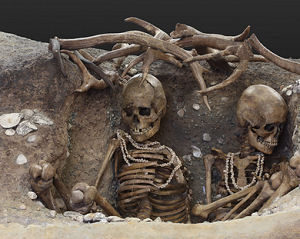

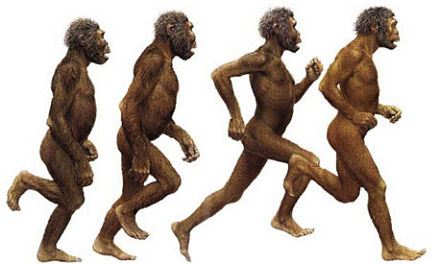
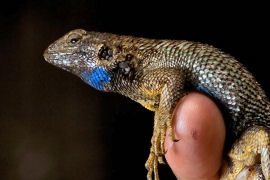
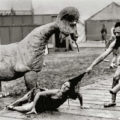


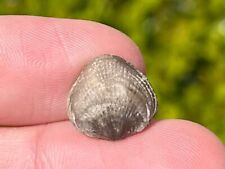
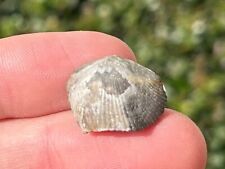
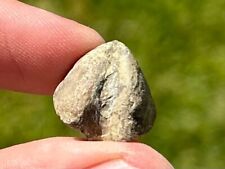
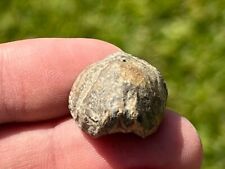
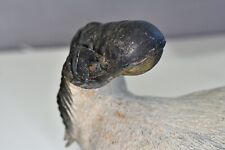
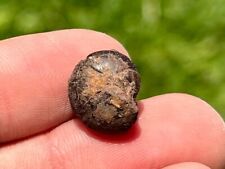
Comments are closed.